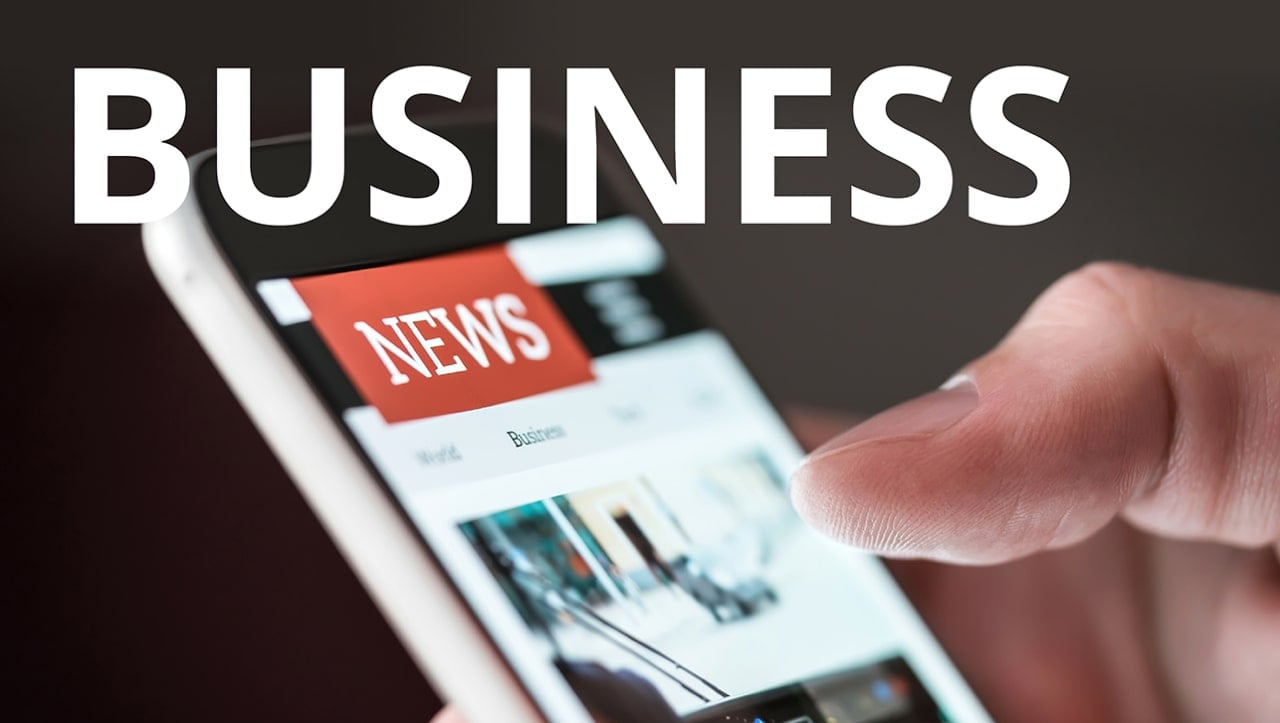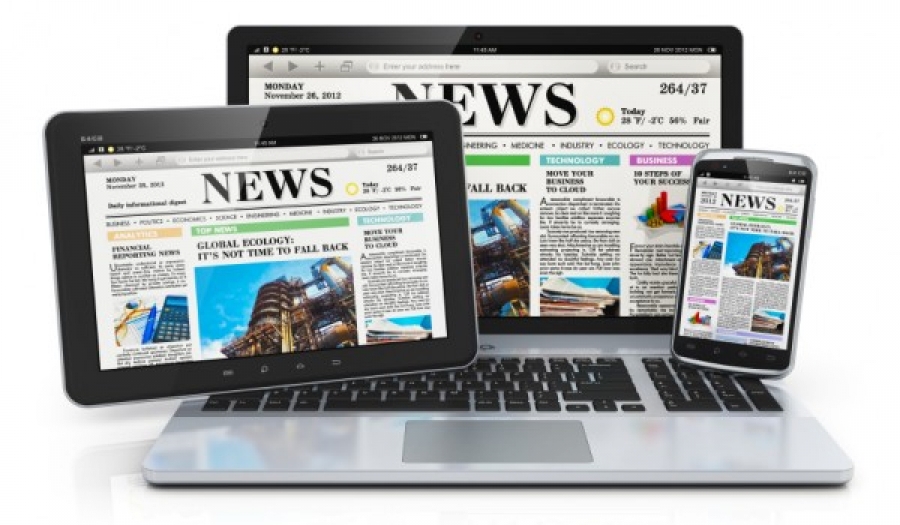The Buzz on Popular News
The Buzz on Popular News
Blog Article
Not known Facts About Popular News
Table of ContentsAll about Popular NewsPopular News Things To Know Before You Get ThisSome Known Details About Popular News The smart Trick of Popular News That Nobody is Talking About
Age is additionally a consider the way people watch the role of social media sites. Younger social networks news customers are a lot more most likely to claim it has actually affected their learning right. About fifty percent of social networks information consumers ages 18 to 29 (48%) claim news on social networks makes them much better educated, compared to 37% of those 30 to 49, 28% of those 50 to 64, and 27% of those 65 and older.Reporters weigh news values when establishing whether or not to cover an occasion or news. Right here are the values that we take into consideration when developing an outreach strategy. Arguably one of the most vital aspect of newsworthiness is whether the story being communicated effects an information electrical outlet's audience. Let's think of scientists have actually discovered a cost-effective option to an usual issue.
Study on a state's new tax obligation code most likely won't generate the very same passion throughout state boundaries. Periodically professionals can assist center a bigger national story that affects even more than simply a city or state.
If you are publishing relevant research, loophole in MarComm prior to the short article being published so that the pitch can stress the newest element of the tale: the publication of the research. Occasions and news that include top-level numbers are most likely to generate media coverage. Visits from nationwide numbers usually require months of prep work due to awaited community passion.
Popular News Can Be Fun For Everyone
Stories frequently involve some type of conflict. Necessarily, these stories are often debatable to some extent. Luckily, college staff and faculty are generally perceived as impartial experts. We can help minimize possible reputational risk with these tales while likewise boosting the probabilities of creating coverage. While most of the above information worths are intertwined, human rate of interest tales often differ.
Human interest aspects can include information worth to other tales that could seem lacking in the various other values. The novelty or strangeness of a situation can help affect whether an information electrical outlet is most likely to cover a tale. While this is not an extensive checklist, examining to see if your story or event has these qualities prior to contacting us will certainly aid you figure out which components hold the most information value.

Getting The Popular News To Work
There is also considerable evidence that even more consumers can begin to spend for information in the futureif publishers can understand them and serve them well. Fifty percent of those who do not spend for information actively choose news and look like subscribers in numerous methods. And almost 2 in 10 of those that don't subscribe to information now suggest they are inclined to begin to pay in the future.
We after that ask a collection of inquiries to identify whether individuals pay for particular sorts of news resources (Popular News). We asked individuals to call the sources they make use content of most oftenwhether they spend for them or nothow they use them, the certain points they consider crucial about them, and some relevant inquiries about the expense and worth of that source
People are drawn to news in basic for 2 reasons over others: A desire to be notified residents (paper customers see this site specifically are very encouraged by this) and because the publication they sign up for excels at covering specific subjects regarding which those clients especially care. While there are a host of factors, the No.
More than 4 in 10 additionally cite the fact that pals and family members subscribe to the same product (Popular News). Greater than a 3rd of people claim they initially subscribed in action to a discount rate or promotion. In print, individuals likewise are relocated greatly to register for obtain vouchers that conserve them cash, something that has untapped implications in electronic
Popular News Fundamentals Explained
Concerning fifty percent are "information applicants," meaning they actively look for information instead of mainly encountering it in a much more passive way, though the news that nonpayers are seeking (for now, at least) is frequently regarding national politics. Like customers, much of these individuals likewise get information multiple times a day, utilize the information in ways comparable to customers, and have an interest in similar subjects, consisting of international or worldwide news.

Of those who do pay, 54 percent register for papers in print or electronically, which stands for 29 percent of Americans on the whole. A lot of them YOURURL.com purchase a print magazine in addition to their paper and pay for two to 4 information sources in overall, some a lot more. And while 53 percent are veteran clients (5+ years), more than a quarter (27 percent) have acquired their newspaper registration within the past year.
Couple of print clients believe it most likely they will switch to a digital-only registration in the future, and majority of those that like digital have actually never ever paid for a print variation of the very same source. Totally 75 percent of newspaper payers say they mostly reviewed the paper in print, while 21 percent are primarily electronic individuals, and 4 percent define themselves as evenly split.
Report this page